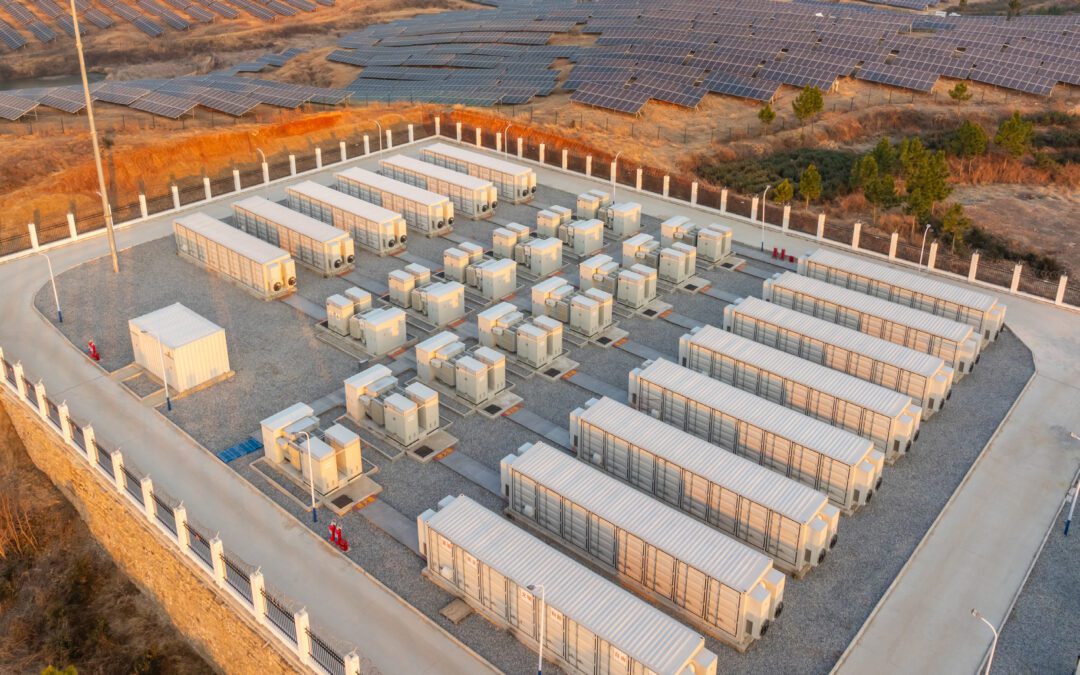By Keaton Carlson, Renewable Guard, and Bobby McFadden, kWh Analytics
As the renewable energy sector matures, moving a solar project from concept to operation has become increasingly complex. The days when securing basic property and casualty coverage was enough to break ground are gone. Today’s projects encounter a web of interconnected insurance requirements from various stakeholders, each with their own specific demands and risk concerns. Without early planning, projects risk facing expensive coverage requirements, delays in breaking ground, or even project cancellation due to the inability to secure necessary insurance products in an economically viable manner.
Why Has Insurance Become So Complex?
The renewable energy insurance landscape has transformed dramatically in recent years, driven by several interconnected factors. As installations grow in size and complexity, they face new risks and require more sophisticated coverage solutions. Projects involve multiple parties – from utilities to tax equity investors to lenders – each bringing their own insurance requirements to the table. As the industry matures, these counterparties learn from past experience and look to mitigate historic losses or project risks. Additionally, the rapid evolution of solar and storage technology introduces new risks that traditional insurance products weren’t designed to address. Meanwhile, the increasing frequency and severity of extreme weather events has fundamentally changed how insurers evaluate and price risk. Adding to this complexity, local governments and municipalities have varying requirements for project development and operation, necessitating specialized insurance solutions for each location.
Modern renewable energy projects must navigate requirements from numerous parties:
- Lenders and tax equity investors demand specific coverages to protect their investments and often utilize the expertise of Insurance Consultants to dictate required limits and terms.
- Local jurisdictions often have their own insurance mandates that must be met prior to breaking ground. These requirements may focus on public safety concerns and local liability considerations that differ from commercial requirements.
- Utility companies maintain specific insurance requirements that can vary by region.
Emerging Insurance Solutions
The industry has responded to these challenges with specialized insurance products designed to address specific risks:
Project Completion Insurance: Traditional performance bonds (aka contract bonds, or surety bonds) can be prohibitively expensive or impossible to secure for some projects. Project completion insurance offers an alternative, providing coverage if a project faces financial difficulties due to contractor or project default or insolvency.
Tax Credit Insurance: Tax credit insurance protects against recapture risk and other tax-credit-related exposures, providing certainty for tax equity investors and project sponsors alike. This coverage has become particularly crucial as more projects take advantage of transferable tax credits.
Parametric Insurance: These policies pay based on pre-defined thresholds and characteristics of an event, and can be utilized in renewables to protect against underproduction risk. For example, the Wind Proxy Hedge creates a floor on energy generation revenues in the face of volatile wind speeds, taking downside risk out of financing for wind projects. Some providers may pair these products with innovative debt structures to provide asset owners with valuable credit enhancement as well.
Cyber Insurance: As solar and storage projects become more digitally connected, cyber risk has emerged as a significant concern. Cyber insurance protects against losses from data breaches, system failures, and cyber attacks. As projects rely more heavily on digital monitoring and control systems, cyber coverage has become increasingly critical.
Early Insurance Planning
When project sponsors sign agreements without proper insurance guidance, they often commit to requirements that are either unnecessarily expensive or impossible to meet in the current market. A common pitfall occurs when projects commit to utility interconnection requirements designed for traditional power plants, leading to excessive coverage costs. Similarly, lenders frequently require coverage levels based on loan values rather than actual project risk, resulting in unnecessarily high premiums. Without early planning, projects can end up with multiple overlapping requirements that create coverage gaps or redundancies, driving up costs without improving protection.
Building Resilience Through Partnership
The key to navigating this increasingly complex landscape lies in early collaboration between project sponsors, brokers, and insurers. Early involvement of insurance professionals allows for proactive negotiation of reasonable requirements with lenders and utilities, often identifying cost-effective alternatives to traditional coverage requirements. This collaboration ensures insurance programs align with actual project risks, while enabling efficient structuring of coverage across multiple policies and carriers.
As the renewable energy sector expands, climate change impacts, evolving technology, and increasing project sizes are creating a dynamic risk landscape that demands innovative insurance solutions. Success in this environment requires treating insurance as a fundamental part of project development rather than an afterthought. Organizations that embrace this approach – bringing insurance expertise into the earliest stages of project planning – will be better positioned to develop resilient projects that can adapt to emerging risks while maintaining cost-effective coverage that truly protects their investments.











